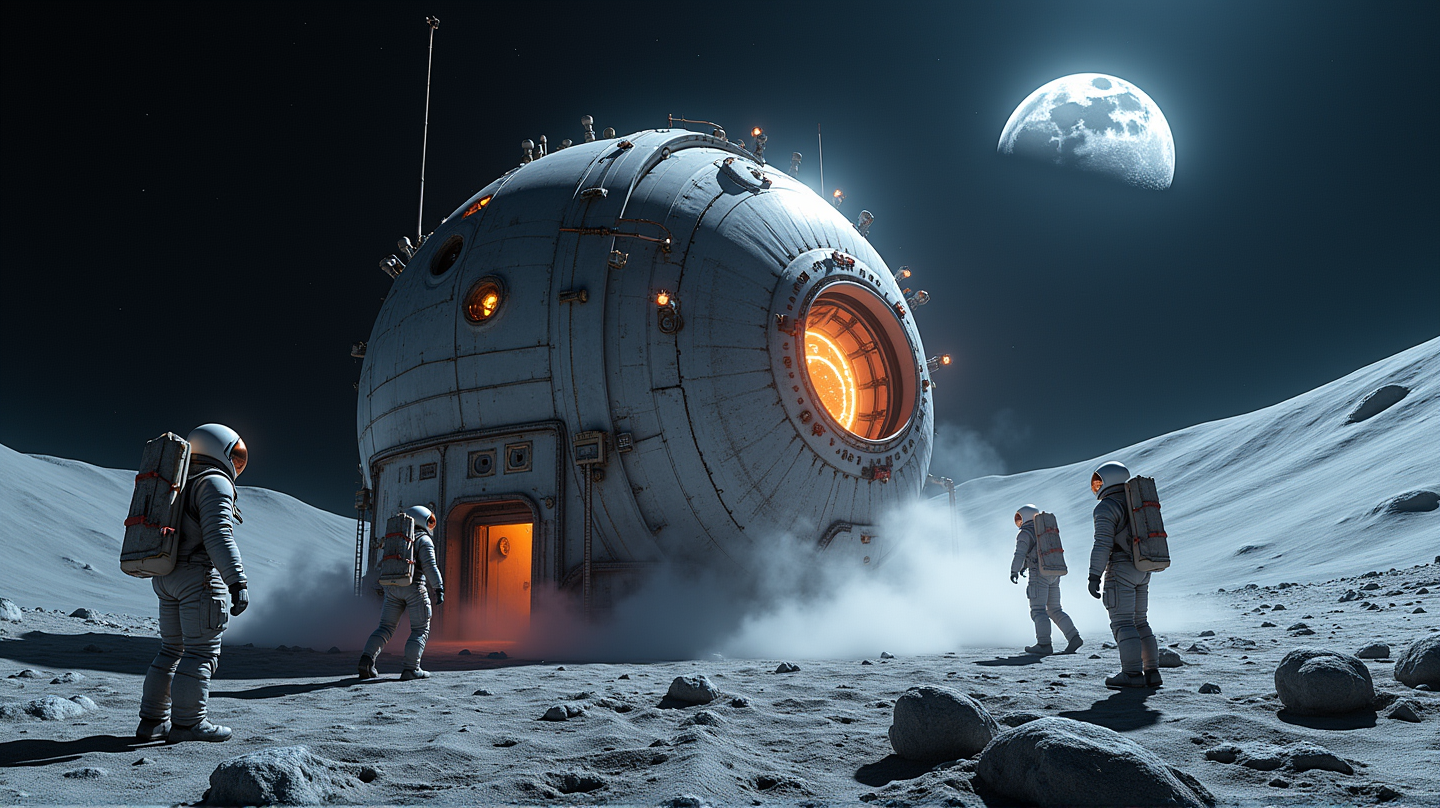Could a Nuclear Reactor on the Moon Power the Future of Space Exploration?
NASA's lunar reactor plans by 2030 may transform space travel, as nuclear energy could ensure non-stop power for future lunar bases and Mars expeditions.

Recent advancements in space technology hint at a transformative decade for lunar exploration. The United States, through NASA’s ambitious objectives, plans to place a nuclear reactor on the Moon by 2030. This groundbreaking project, discussed in depth by Professor Michael Fitzpatrick from Coventry University, promises to reshape the way we envisage off-Earth habitation and future Mars missions.
A Lunar Energy Solution
Why choose a nuclear reactor for the Moon? The answer lies within the need for a dependable energy source. Unlike Earth, the Moon cannot rely on wind or consistent solar power due to its two-week-long nights. According to Innovation News Network, nuclear energy offers continuous, reliable power, crucial for maintaining lunar bases.
Ensuring Reliability Amidst Harsh Conditions
The challenges on the Moon are as vast as they are unique. Professor Fitzpatrick emphasizes the importance of an unbroken energy supply that only a nuclear reactor can provide. Chemical fuel cells used in the Apollo missions were limited by their dependency on constant fuel shipments. In contrast, nuclear reactors eliminate this risk by offering steady power without the constraints of fuel shortages.
Utilizing Existing Technologies
Despite the seeming novelty of the lunar nuclear reactor, this technology does not require starting from scratch. Smaller reactors, akin to nuclear batteries, have existed in plans for some time. The process now involves adapting them for the Moon’s conditions, making them simpler to design and assemble in the hostile lunar environment.
Addressing Safety Concerns
Transporting nuclear materials has raised eyebrows among the public, but Fitzpatrick reassures us of its relative safety. The reactor is transported before it starts operating, ensuring that no significant radioactive hazards exist en route. Despite common misconceptions, the transportation phase doesn’t pose a nuclear threat.
Ambitious, Yet Attainable
With a timeline set for the end of the decade, the goal is ambitious, yet practical. The initial reactor will generate around 100 kilowatts of power, sufficient to support a small lunar base. As humanity’s lunar presence grows, additional reactors can be seamlessly incorporated to match increased demand.
A New Era in Space Race
The race towards lunar colonization may echo the competitive spirit of the past but with a modern twist of collaboration. Many countries see the Moon as a starting point for historic advancements, both reducing reliance on Earth and accessing untapped resources in space.
Stepping Stone to Mars
Standing as a crucial first step, the Moon’s nuclear plans serve as a proving ground for future Martian missions. Lessons learned here will pave the way for sustaining longer missions, elevating the role of nuclear power in supporting permanent human habitats in space.
As we look upward, the prospect of a nuclear-powered Moon base brings the future of space exploration tantalizingly close. With collaboration and technological ingenuity, the Moon could soon become humanity’s gateway to the cosmos.

